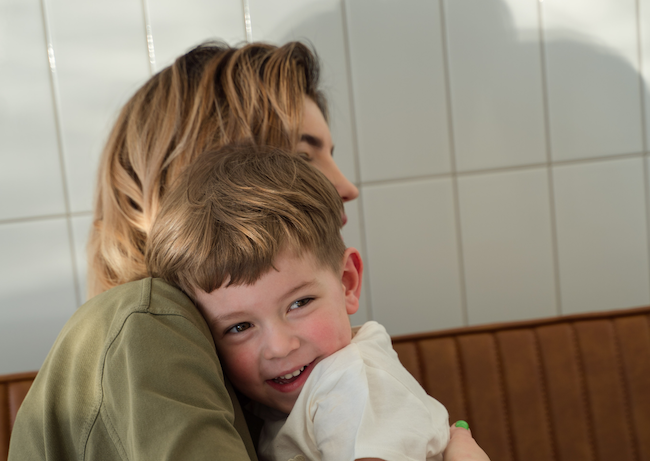When Your Kids Mirror Your Stress (and How to Reset Together)
They feel what you feel
You know that moment when you’re racing to get everyone out the door, voice tight, heart pounding, and your child suddenly melts down too? It’s not coincidence. Children are emotional mirrors. Their developing nervous systems take their cues from ours; when we’re anxious, they feel it. Psychologists call this co-regulation, the process by which a calm adult nervous system helps regulate a child’s. But it works both ways. When our system is dysregulated, theirs can be too. The beautiful part? This mirroring also means that when we find calm, they learn to as well.
Your stress becomes their signal
In moments of overwhelm, our breathing quickens, tone sharpens, and body language tightens. Without a word, kids read those cues. Their brains, wired for safety, ask: “Am I okay?” When they sense tension, their bodies shift into alert mode; tears, defiance, clinginess. It’s not misbehaviour; it’s biology. The stress hormone cortisol can rise in both of you, creating a feedback loop that feels impossible to break mid-chaos. Understanding this isn’t about guilt, it’s about awareness. Awareness is what gives you back the pause button.
The reset: start with your body
Before words, before logic; regulate you. Try this mini-ritual when tension hits:
Pause the action. Plant your feet.
Exhale slowly. Out longer than in.
Soft shoulders. Drop them deliberately.
Name it quietly. “This feels stressful. We’re okay.”
Your physiology cues theirs. As your breath slows, so does theirs; as your tone lowers, so does their heart rate. It’s the simplest science of calm: your nervous system becomes the anchor.
Reconnect through rhythm, not rules
Once calm returns, skip the lecture. Move instead. Go for a short walk. Sit together and draw. Play a song and breathe to the beat. Movement and rhythm help re-synchronize your systems, literally bringing your heart rates back into harmony. Connection repairs what cortisol frayed.
Model what repair looks like
Even if you lose your cool (and you will), coming back to say, “I was stressed, and I’m sorry. Let’s start again,” teaches emotional accountability more powerfully than perfection ever could. Children learn self-regulation by watching it modeled, not demanded.
The takeaway
Your child doesn’t need a perfectly calm parent, just a present one. Stress will happen, but so will repair. When you reset together, you teach resilience, empathy, and the lifelong truth that emotions are safe to feel, and calm is always something we can return to, side by side.


